Tips on Growing Great Tomatoes

by
The Prudent Garden
(IC: blogger)
Tomatoes are probably the most popular crop for backyard gardeners, and for good reason. It is impossible for anyone selling tomatoes to replicate what you can get from your own plants. This includes flavor, texture, color, variety, size, and just about any other characteristic of the tomato that you care to measure. Depending on who you ask, you will find that there could be anywhere from 7,500 to 25,000 unique varieties of tomato in the world! If you want to experience some of this diversity, growing your own is a priority. Here are a few tips that may be helpful in getting going:
1. Tomatoes are normally easiest to grow in the ground because of a more consistent supply of moisture. They prefer consistency over fluctuation between too wet and too dry.
4. Compost and manure are great soil amendments for growing tomatoes. They provide a good initial supply of nitrogen to get the plants going early on, then the less volatile phosphorous and potassium will do the work of setting fruit once the plant is well established. Work compost into the soil at planting time, then “top dress” monthly with a 1-2 inch layer around each plant.
7. Blossom end rot is a black spot on the bottom of the tomato fruit that starts when it is green and grows to ruin that particular tomato. This condition is technically caused by “calcium deficiency”, however it can be brought on by soil moisture fluctuation. Simply put, when the soil is too dry, the plant can’t take up calcium. To prevent this condition but keep an acidic soil, add granular gypsum at planting time for the calcium and keep the soil moist but not wet. Mulch during the hot part of summer to retain moisture and cool the soil.
Enjoyed the project?

Want more details about this and other DIY projects? Check out my blog post!
Published June 27th, 2014 10:56 AM
Comments
Join the conversation
2 of 5 comments
-
+ lovely photo with the hands holding tomato ;)
 Amy Stafford
on Jul 25, 2014
Amy Stafford
on Jul 25, 2014
-
-



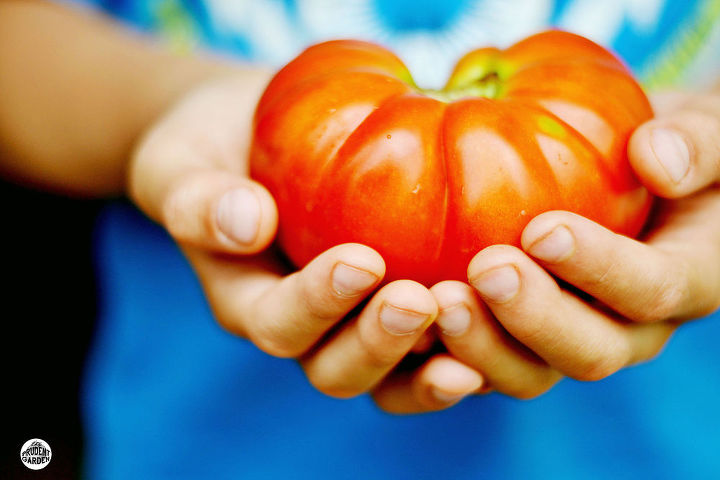
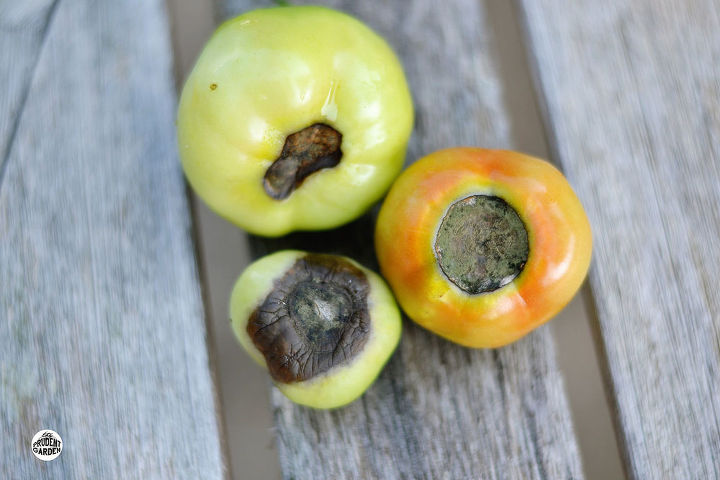
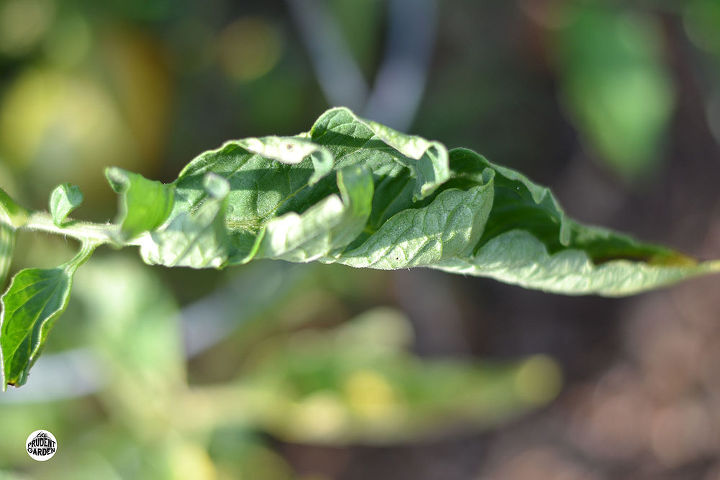

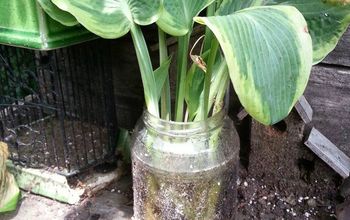





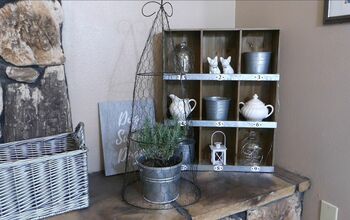


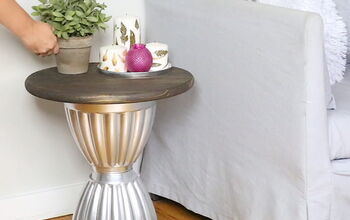

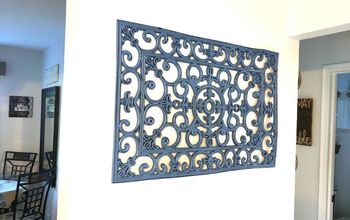


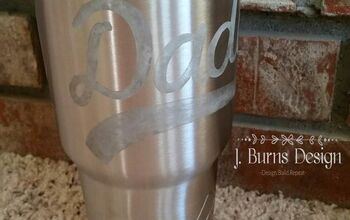
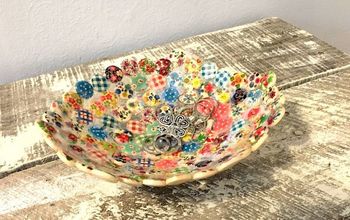
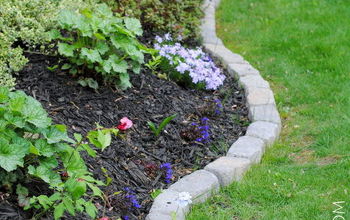



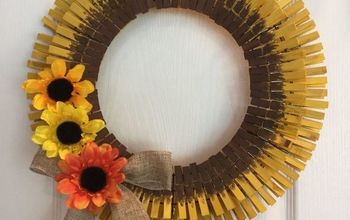
Frequently asked questions
Have a question about this project?